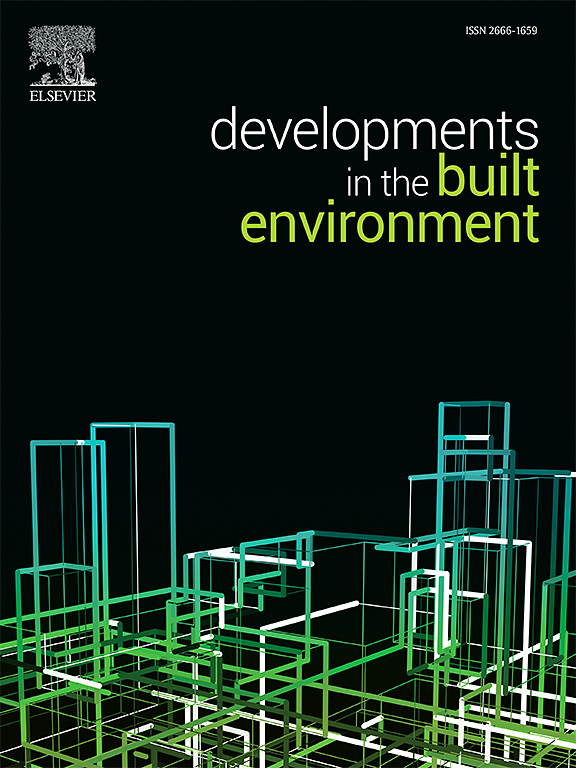Evaluation of the thermo-physic, acoustic, and mechanical performance of innovative hydrochar-modified plasters
IF 8.2
2区 工程技术
Q1 CONSTRUCTION & BUILDING TECHNOLOGY
引用次数: 0
Abstract
This study investigates the integration of hydrochar, derived from municipal solid waste, into cement-lime-based plasters to enhance their thermo-acoustic and mechanical properties. The research begins by analyzing the thermo-physical properties of hydrochar, revealing its exceptional thermal stability exceeding 200 °C. The porous nature of hydrochar proves to be advantageous, positively impacting the thermal characteristics of the plasters. Notably, the innovative plaster exhibits a significant reduction in thermal conductivity, dropping from 1 Wm−2K−1 to approximately 0.7 Wm−2K−1. Despite a lower density of about 10% compared to the standard plaster, the hydrochar-modified plaster maintains good acoustic and mechanical performance. Transmission loss remains stable at 60 dB varying the thickness of the plaster while compressive and flexural strengths reduce by 2%, due to the higher percentage of water used (from 22% to 26%) to guarantee the same workability of the plasters and to distribute the hydrochar uniformly in the mix design.
评价新型烃类改性膏药的热物理、声学和机械性能
本研究研究了从城市固体废物中提取的碳氢化合物与水泥-石灰基石膏的结合,以提高其热声和力学性能。研究首先分析了碳氢化合物的热物理性质,揭示了其超过200°C的优异热稳定性。烃类的多孔性被证明是有利的,对膏药的热特性有积极的影响。值得注意的是,这种新型石膏的导热系数显著降低,从1 Wm−2K−1降至约0.7 Wm−2K−1。尽管与标准石膏相比,氢改性石膏的密度降低了约10%,但仍保持了良好的声学和机械性能。随着石膏厚度的变化,传输损耗稳定在60 dB,而抗压强度和抗折强度降低了2%,这是由于使用了更高比例的水(从22%增加到26%)来保证石膏的相同和易性,并在混合设计中均匀分布碳氢化合物。
本文章由计算机程序翻译,如有差异,请以英文原文为准。
求助全文
约1分钟内获得全文
求助全文
来源期刊

Developments in the Built Environment
Multiple-
CiteScore
7.40
自引率
1.20%
发文量
31
审稿时长
22 days
期刊介绍:
Developments in the Built Environment (DIBE) is a recently established peer-reviewed gold open access journal, ensuring that all accepted articles are permanently and freely accessible. Focused on civil engineering and the built environment, DIBE publishes original papers and short communications. Encompassing topics such as construction materials and building sustainability, the journal adopts a holistic approach with the aim of benefiting the community.
 求助内容:
求助内容: 应助结果提醒方式:
应助结果提醒方式:


